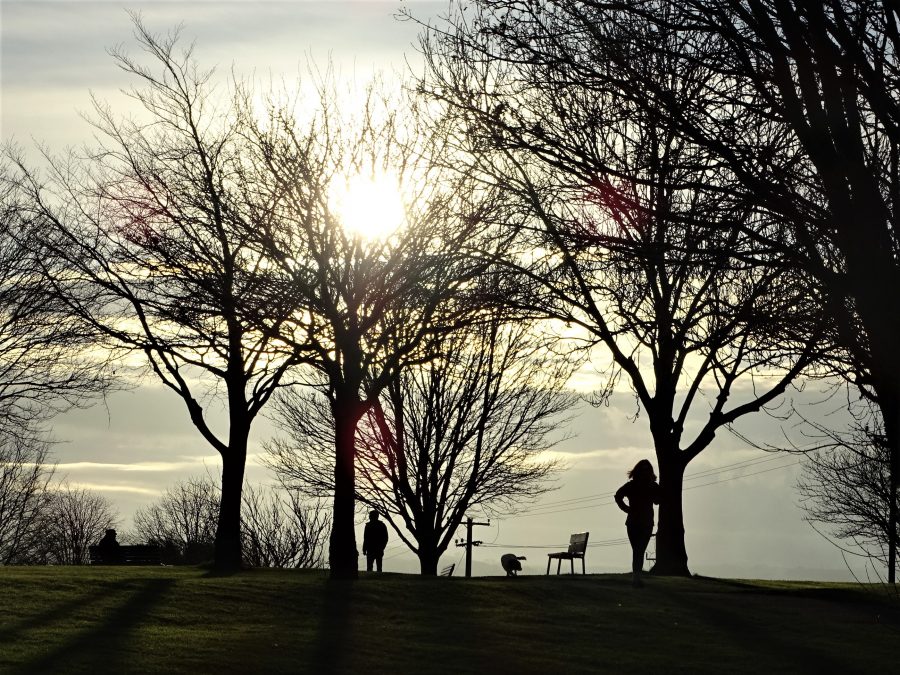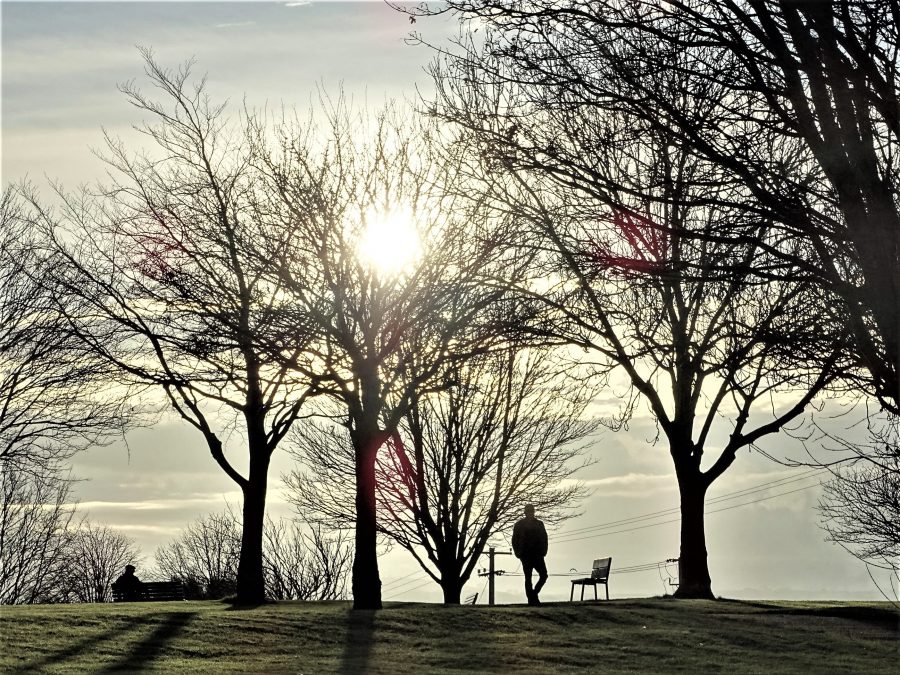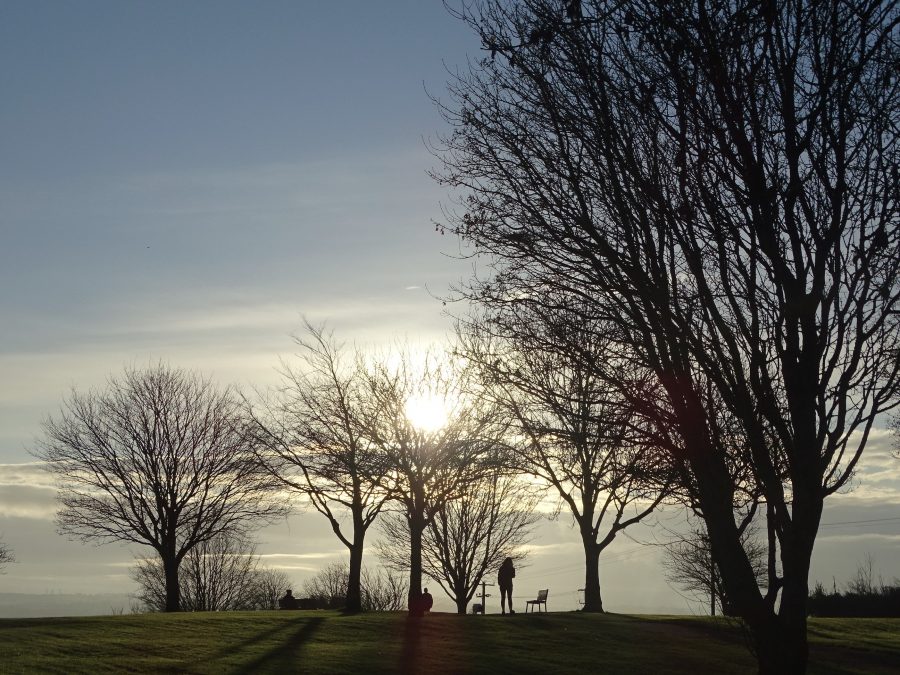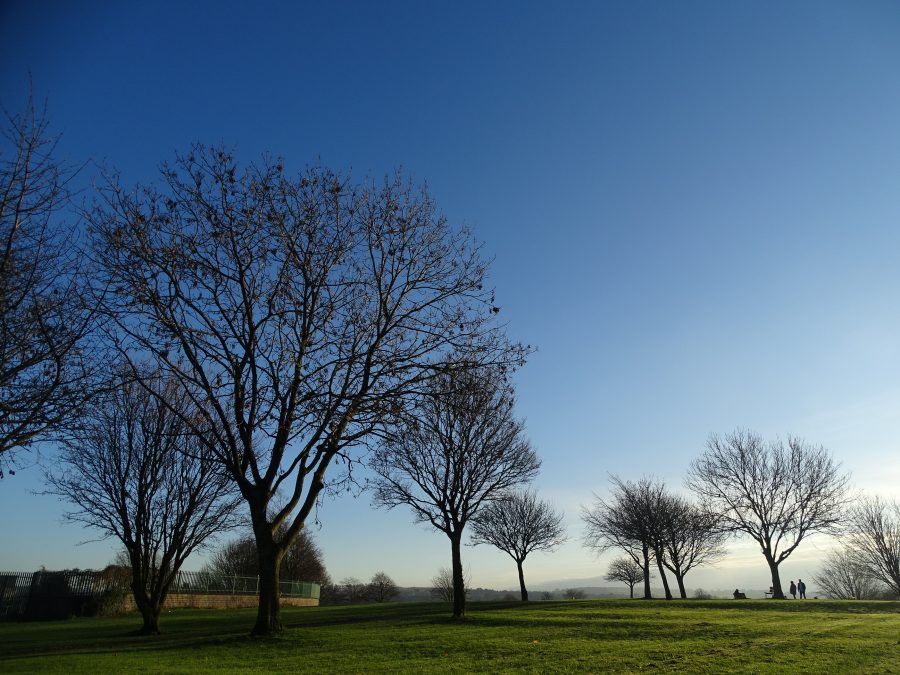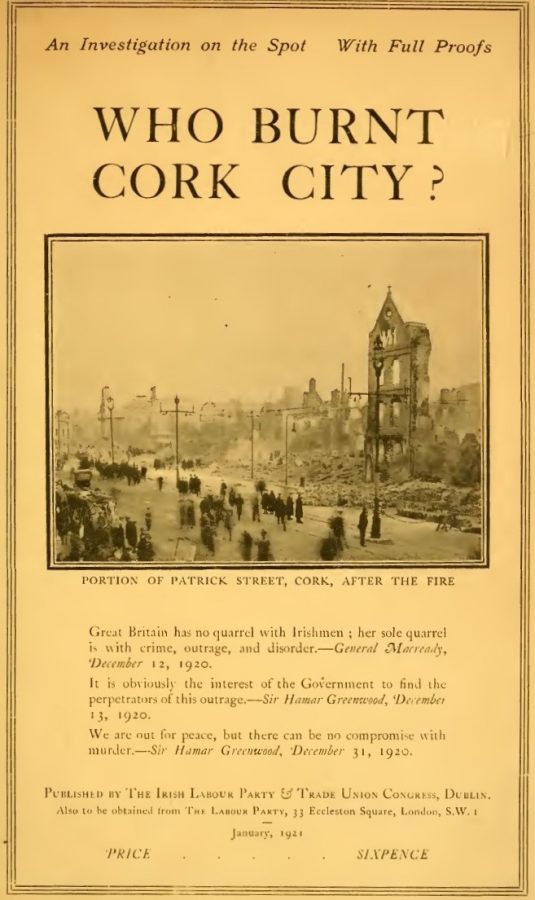Independent Cllr Kieran McCarthy has welcomed the reopening of Douglas Library in Douglas Village Shopping Centre. The library will be a transformed space both in design and enhanced services. The refurbished library includes a complete transformation of the children’s space, including a new children’s fiction area, a larger children’s story time area and a new personalised kiosk for the children and families to use.
The Listening Lounge is new to the adult area and will be a space for the public to listen to audio books and music on cd and vinyl. It will be a relaxing and calm space. My Open Library will be part of Douglas Library early in the new year and will significantly increase the opening hours for the public.
Plans are also being finalised to support those with dementia in the community, including a new Tovertafel magic table and memory café which will be a great addition to our Age Friendly Libraries initiatives.
A Per Cent for Art Commission has been awarded to two Cork based textile artists as part of the reopening of the refurbished Library. Taking its inspiration from the historic textile industry of the Douglas area the proposal includes a strong community engagement element with nursing homes and local schools. The end piece will be a textile wall hanging, a focus for discussion of the local history of the area for many years to come.
Cllr McCarthy noted: “The staff of Cork City Libraries put in extra hours adding new items to ensure the stock of Douglas Library will be second to none, providing the most up to date titles available to the people of Douglas and the surrounding areas. The library will continue to host many activities, book clubs, writing groups and craft activities for all ages within the community. The City Council’s intention is that the library will continue to proactively support learning, diversity and social and cultural inclusion”.
Independent Cllr Kieran McCarthy has welcomed the reopening of Douglas Library in Douglas Village Shopping Centre. The library will be a transformed space both in design and enhanced services. The refurbished library includes a complete transformation of the children’s space, including a new children’s fiction area, a larger children’s story time area and a new personalised kiosk for the children and families to use.
The Listening Lounge is new to the adult area and will be a space for the public to listen to audio books and music on cd and vinyl. It will be a relaxing and calm space. My Open Library will be part of Douglas Library early in the new year and will significantly increase the opening hours for the public.
Plans are also being finalised to support those with dementia in the community, including a new Tovertafel magic table and memory café which will be a great addition to our Age Friendly Libraries initiatives.
A Per Cent for Art Commission has been awarded to two Cork based textile artists as part of the reopening of the refurbished Library. Taking its inspiration from the historic textile industry of the Douglas area the proposal includes a strong community engagement element with nursing homes and local schools. The end piece will be a textile wall hanging, a focus for discussion of the local history of the area for many years to come.
Cllr McCarthy noted: “The staff of Cork City Libraries put in extra hours adding new items to ensure the stock of Douglas Library will be second to none, providing the most up to date titles available to the people of Douglas and the surrounding areas. The library will continue to host many activities, book clubs, writing groups and craft activities for all ages within the community. The City Council’s intention is that the library will continue to proactively support learning, diversity and social and cultural inclusion”.





